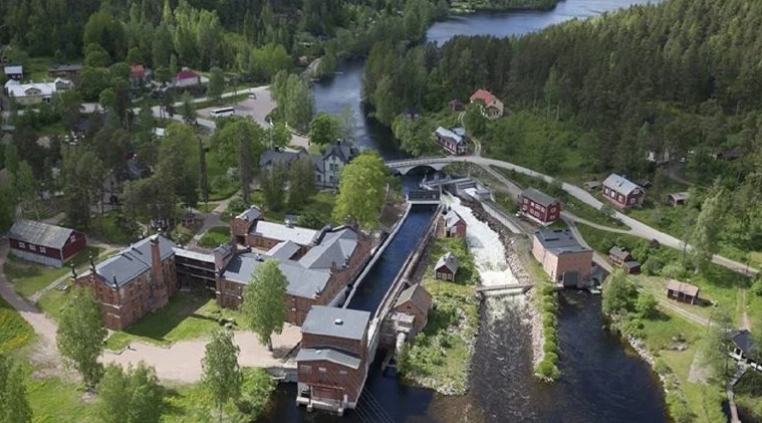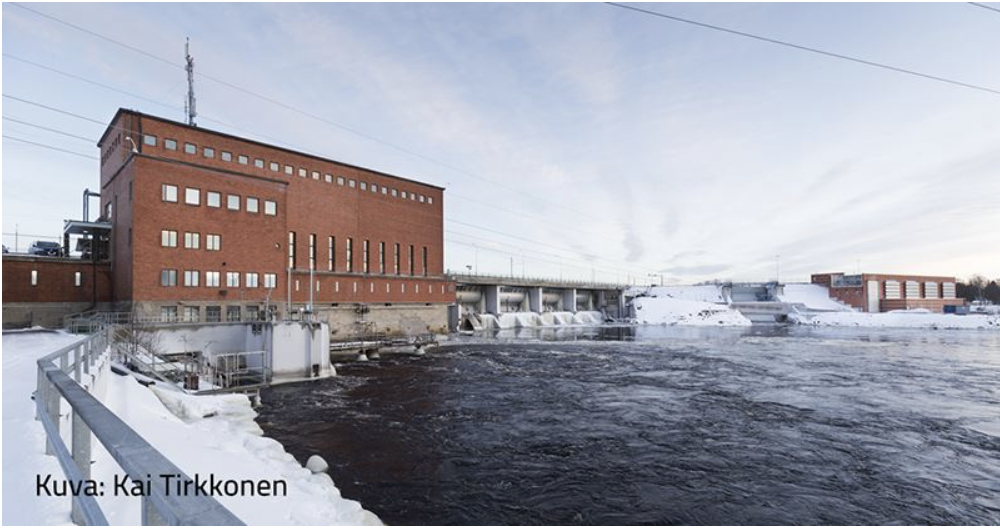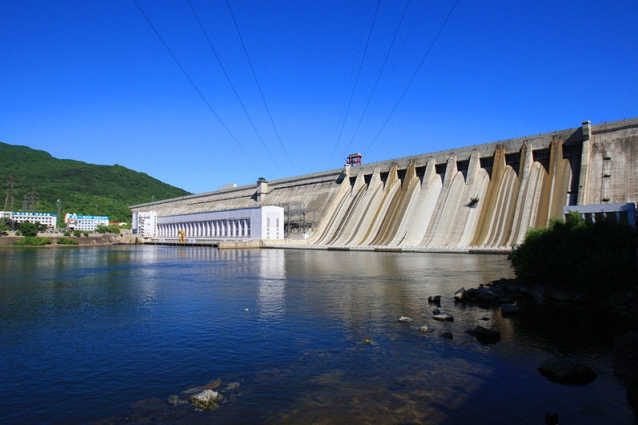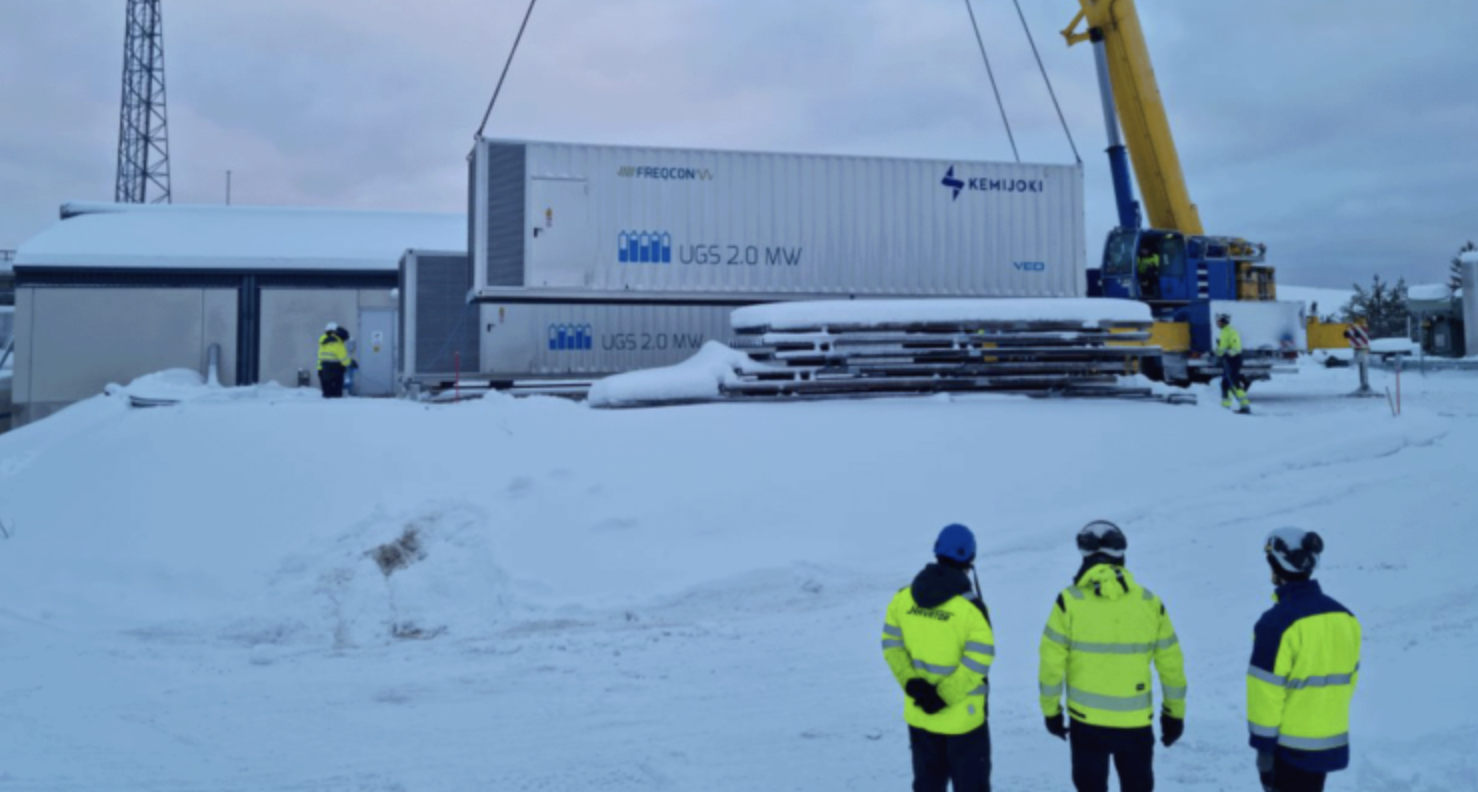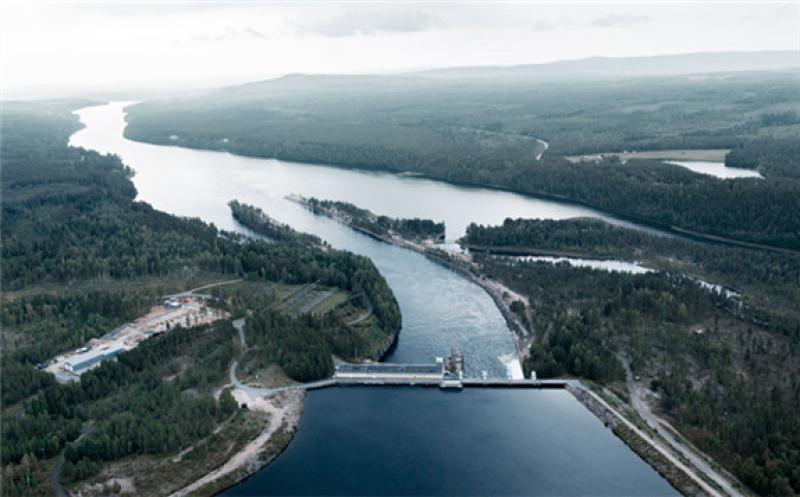The decline comes despite the country’s efforts to move to cleaner forms of energy and reduce the use of coal, and is likely to cut spot purchases of LNG cargoes from suppliers such as Qatar, Australia and the United States.
South Korea, the world’s third-biggest LNG importer, has increased its purchases of the super-chilled fuel since 2015, reaching a record 44 million tonnes last year.
However, already this year nuclear power generation has rebounded as some plants have come back on line, while a new plant began operations in August and another will start up at year-end.
Further out, three more large nuclear reactors are due to come online by 2024, while seven large coal-fired power plants are set to start operations by 2022, according to data from Korea Power Exchange.
South Korea’s 2019 LNG imports are expected to fall around 9% year-on-year, according to energy consultancy Wood Mackenzie and remain low for some years.
“As we move through the early 2020s, LNG will come under pressure in the power sector as new coal-fired power capacity starts up and imports will fall towards 36 million tonnes per annum (mmtpa)” said Lucy Cullen, senior analyst at energy consultancy Wood Mackenzie.
In the first nine months of the year, South Korea’s LNG imports fell 8.3% year-on-year to 29 million tonnes, according to customs data.
For the first eight months, nuclear’s share of total power generation jumped from 22.3% a year ago to 27.4%, according to Reuters calculations based on data from Korea Electric Power Corp (015760.KS), while gas power generation eased 2.5 percentage points to 25.1%.
State-funded think tank, Korea Energy Economics Institute, expects overall natural gas demand to fall 2.4% per year on average through 2023, cutting demand to 36.2 million tonnes in 2023.
ENERGY POLICY SHIFT
Demand is expected to rebound from the mid 2020s as South Korea starts to put into effect a shift in its energy policy to boost green energy and cut levels of choking smog.
The government is due to release an updated 15-year energy plan later this year that is expected to push for more renewables and more gas-fired power at the expense of coal.
“The change in South Korea’s energy policy would start to take effect from 2025, and that’s when we will see South Korea’s LNG demand growing,” said Hur Min-ho, an analyst at Shinhan Financial Investment.
Gas could also get some reprieve if South Korea looks to force more coal-fired plant closures to tackle air pollution.
South Korea’s presidential committee in September recommended closing up to a quarter of all coal power plants between December and February and nearly half in March.
If implemented, the new anti-coal policy would drive additional LNG imports, but only in the short-term, said Peter Lee, senior oil & gas analyst at Fitch Solutions.
“Any material loss in coal capacity ... will likely be met by additional nuclear power, limiting the room for an aggressive expansion in LNG imports,” said Lee.
